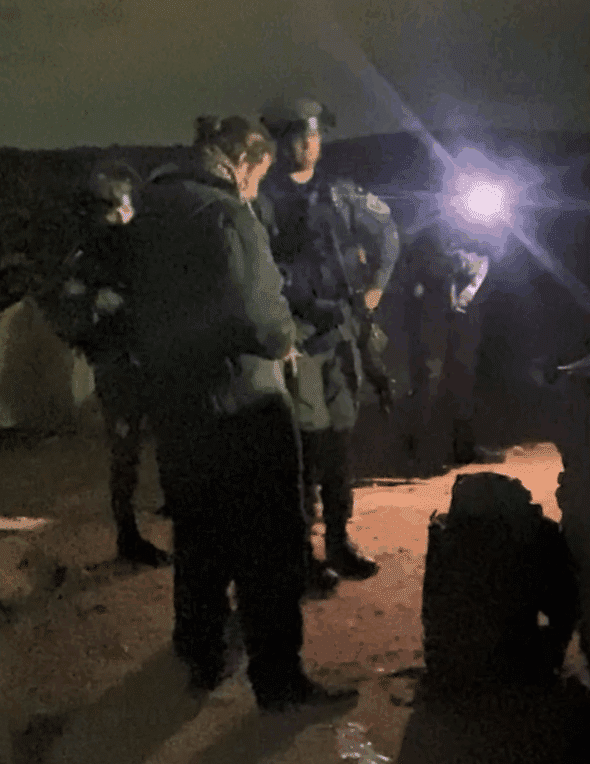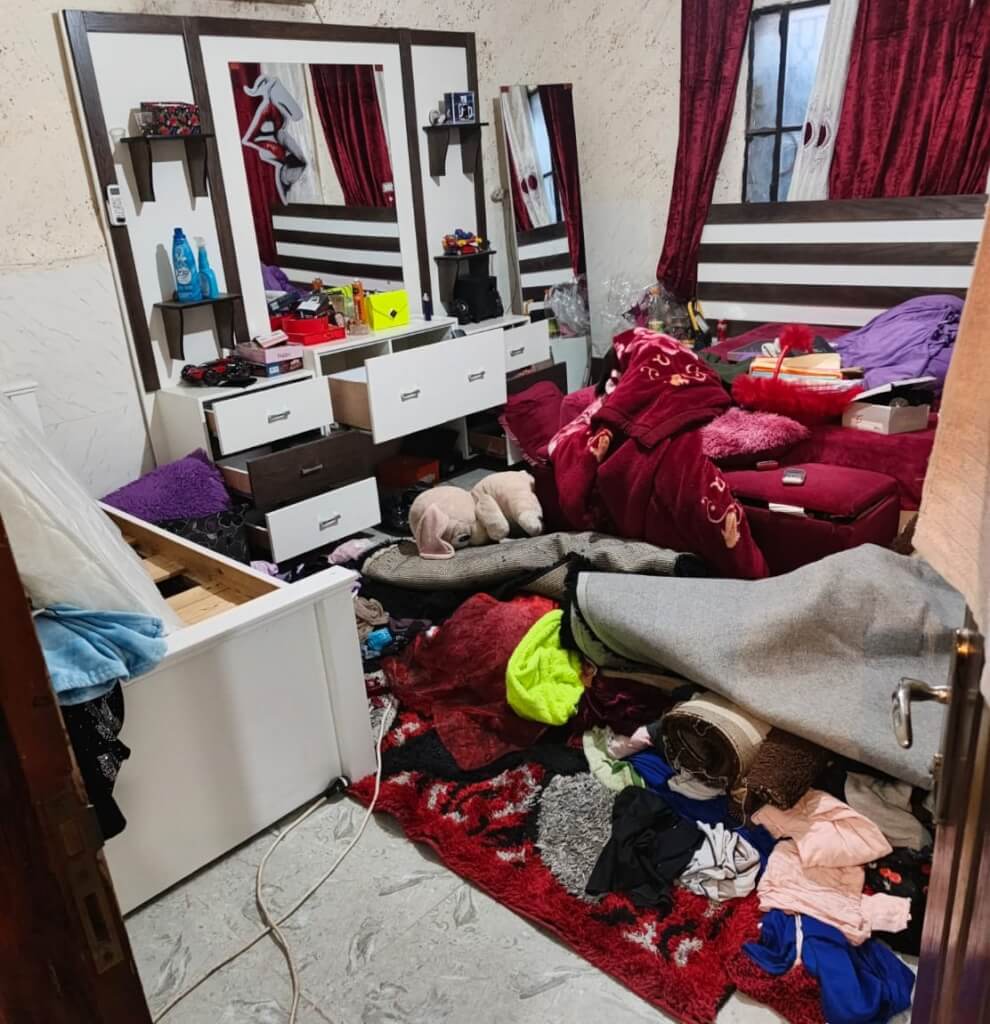Author: ISM Media
-
FOR IMMEDIATE RELEASE: US and Australian Citizens Abducted by Army as Attacks on Palestinians and Activists in al-Mughayyer Continue
For more details and footage: Mia +972-53-809-7706 Thursday, December 11, 2025 Al Mughayyer, north of Ramallah – For the fourth consecutive day of Israeli assaults, a gang of armed Israeli settlers raided the Abu Hamam family home yesterday. Later at night, the Israeli army abducted a US and an Australian citizens. At around 18:45, settlers…
-
FOR IMMEDIATE RELEASE: Israeli Settlers Attack and Injure Palestinian Family and Solidarity Activists
**GRAPHIC CONTENT WARNING** Sunday, December 7, 2025 For more details: Mia +972-53-809-7706 Eight Israeli settlers, masked and armed with clubs, brutally attacked the Abu Hamam home in the village of al-Mughayyer, east of Ramallah, tonight. The settlers injured a 13-year-old boy, Riziq Abu Naim, and a 59-year-old woman, Fadda Abu Naim (Umm Hamam), as well…
-
Israel Imposes Curfew and Locks Down Tubas
reshared from: https://jordanvalleysolidarity.org/news/tubas-locked-down-under-curfew/ Tubas town and surrounding villages were locked down under a brutal and violent curfew from Wednesday 25th to Saturday 29th November. A military operation by occupation forces put Tubas and the surrounding towns of Tammun, Aqaba, Tayasir, and Wadi al-Fara under siege. On Wednesday, Israeli forces stormed wide areas of the governorate,…



